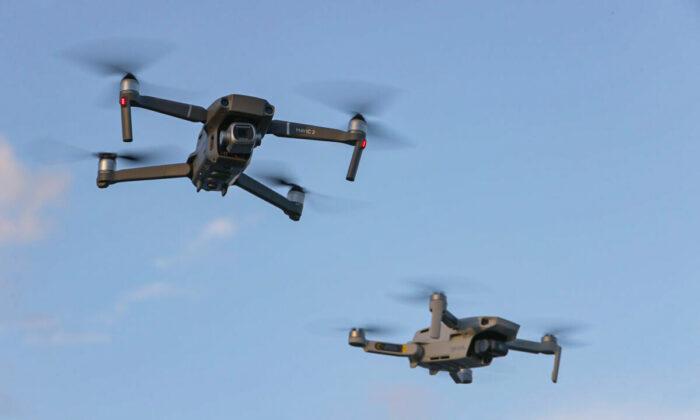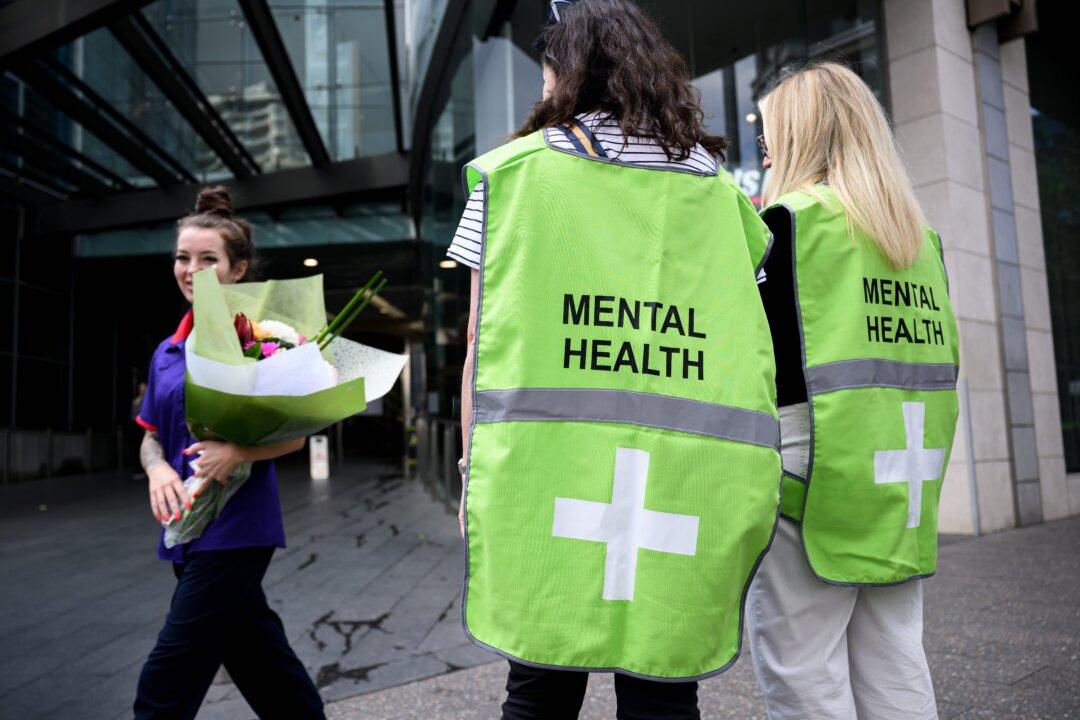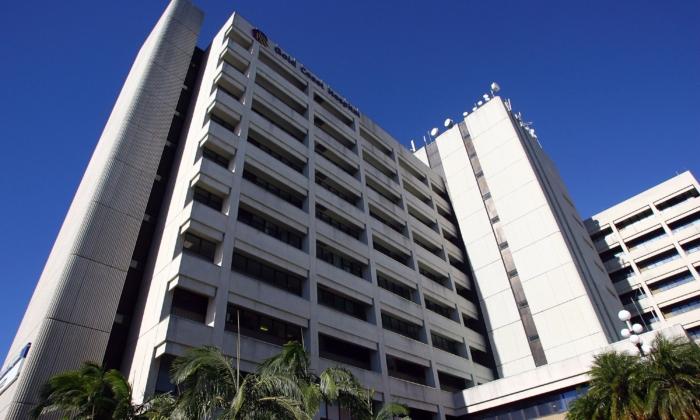Australia’s Department of Foreign Affairs and Trade (DFAT) is still using the controversial Chinese-made Da Jiang Innovations (DJI) drones despite other government departments, such as the Australian Border Force (ABF), ceasing their use in May.
“We do indeed have some of those devices, but we’re in a process at the moment of replacing that equipment,” Talbot said, adding that 13 DJI drones were currently being used by DFAT and a further two by Austrade.
“We did do a risk assessment on those, and they are not in areas which would cause us concern, specifically, they are used for public diplomacy.”
Talbot said that the department would not put a timeframe on the drones’ replacement.
“We need to deal with supply chain issues. We will be working as quickly as we possibly can to replace those devices,” she said.
“And the ostensibly ‘private’ companies based in China who produce and sell these products are not really private companies at all,” he said.
Defence Department Ceases Use
On May 5, Defence Department Secretary Greg Moriarty and Chief of the Defence Force General Angus Campbell signed a cessation order suspending the use of DJI-related products, including its drones, pending a six-month security audit.Three weeks prior to this, Campbell issued a formal order that was issued by the army to cease the use of DJI products.
DJI has been blacklisted by the United States Military due to links to the Chinese Military.
Senator James Paterson, the opposition’s home affairs spokesman, has previously said the United States took action against the company because it was “controlled by the People’s Liberation Army” and had been sanctioned for its role in the CCP’s repression of the Uyghur ethnic group in the Xinjiang region.

Paterson urged the ABF to follow the Defence Department and stop flying the drones until a review is done.
Subsequently, the ABF stopped using Chinese-made drones after it was suspended by the Defence Department.
During a senate estimates hearing on May 22, Paterson asked Home Affairs Secretary Mike Pezzullo whether the ban on Chinese-made hardware would be expanded to critical infrastructure.
“We think there’s sufficient ambit,” Pezzullo said.
“In terms of the risk management program, a minister of Home Affairs could declare a particular device to be a material risk that then a company would have to mitigate, so I think it could be done in that construct,” Hansford said, adding that under the Security of Critical Infrastructure Act could be used pending an adverse security assessment from the Australian Security Intelligence Organisation (ASIO).
However, Paterson rejected the use of the products altogether.
CCP’s Cyber Attack on US Critical Infrastructure
In a joint statement published by the Australian Cyber Security Centre (ACSC) on May 25, Australia, along with the Five Eyes Security Alliance, condemned the CCP’s cyberattack on critical infrastructure networks across the United States.The joint advisory was issued after it was discovered that a “cluster of activity” was associated with the CCP’s hacking group, Volt Typhoon—a state-sponsored actor typically focused on espionage and information gathering.
One of the primary tactics used by the cyber actor, in this case, the CCP, is “living off the land,” where the actor blends in with normal Windows systems to evade detection. This tactic exploits legitimate pathways instead of malware.
The Five Eyes alliance—an intelligence alliance between the U.S., UK, Canada, Australia, and New Zealand—also believes that the same techniques used by the CCP “could” be applied to other sectors worldwide.
Australia’s Department of Foreign Affairs and Trade has been approached for comment.





